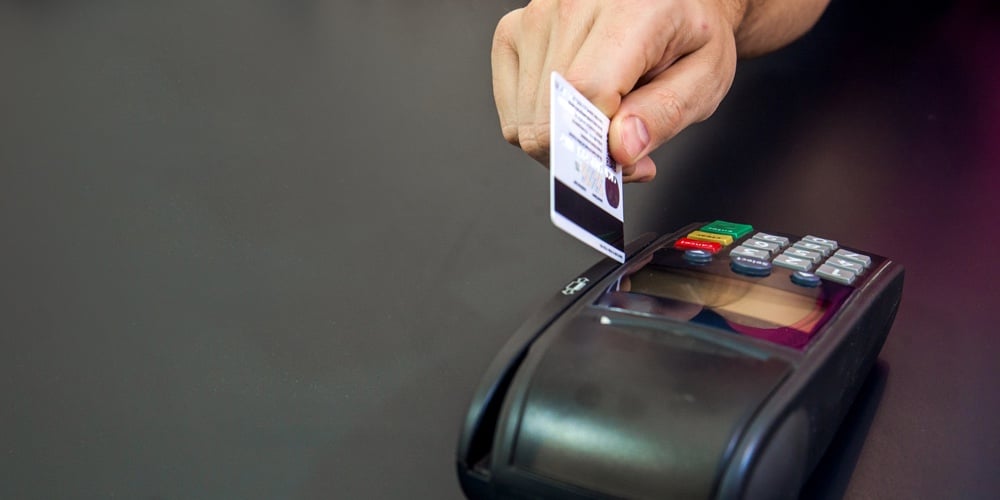A brief refresher on credit card penalty fees

Over the past several months, credit unions have been working diligently to help members work through any financial challenges the pandemic has posed, including allowing members to skip credit card payments. But what happens when a member skips a payment without the credit union’s prior approval? Well, most credit card agreements allow credit unions to impose penalties, such as a late payment fee. When doing so, the credit card agreement is not the only place a credit union should look as section 1026.52(b) puts limits on the dollar amount of fees a credit union may charge as a penalty.
The general rule is the penalty fee must “represent a reasonable proportion of the total costs incurred” by the credit union for the violation. In determining the costs incurred for a late payment, the commentary to this rule explains a credit union may look at the costs of collecting a late payment, notifying members of delinquencies and processing delinquencies in order to determine the appropriate amount of the late fee. The rule also provides a safe harbor for the dollar amount of penalty fees. For 2020, these amounts are $29 for the first violation and $40 for a second violation within six billing cycles. These amounts are adjusted annually for inflation but will remain unchanged for 2021.
Even if a penalty fee complies with the safe harbor amounts, section 1026.52(b)(2) prohibits a credit union from imposing a fee in excess of the “dollar amount associated with the violation.” For late fees, the commentary explains this is “the amount of the required minimum periodic payment due immediately prior to assessment of the late payment fee.” For example, if the minimum payment due is $25, the late payment fee cannot exceed $25, even if a higher fee would be permitted under the safe harbor.
continue reading »




